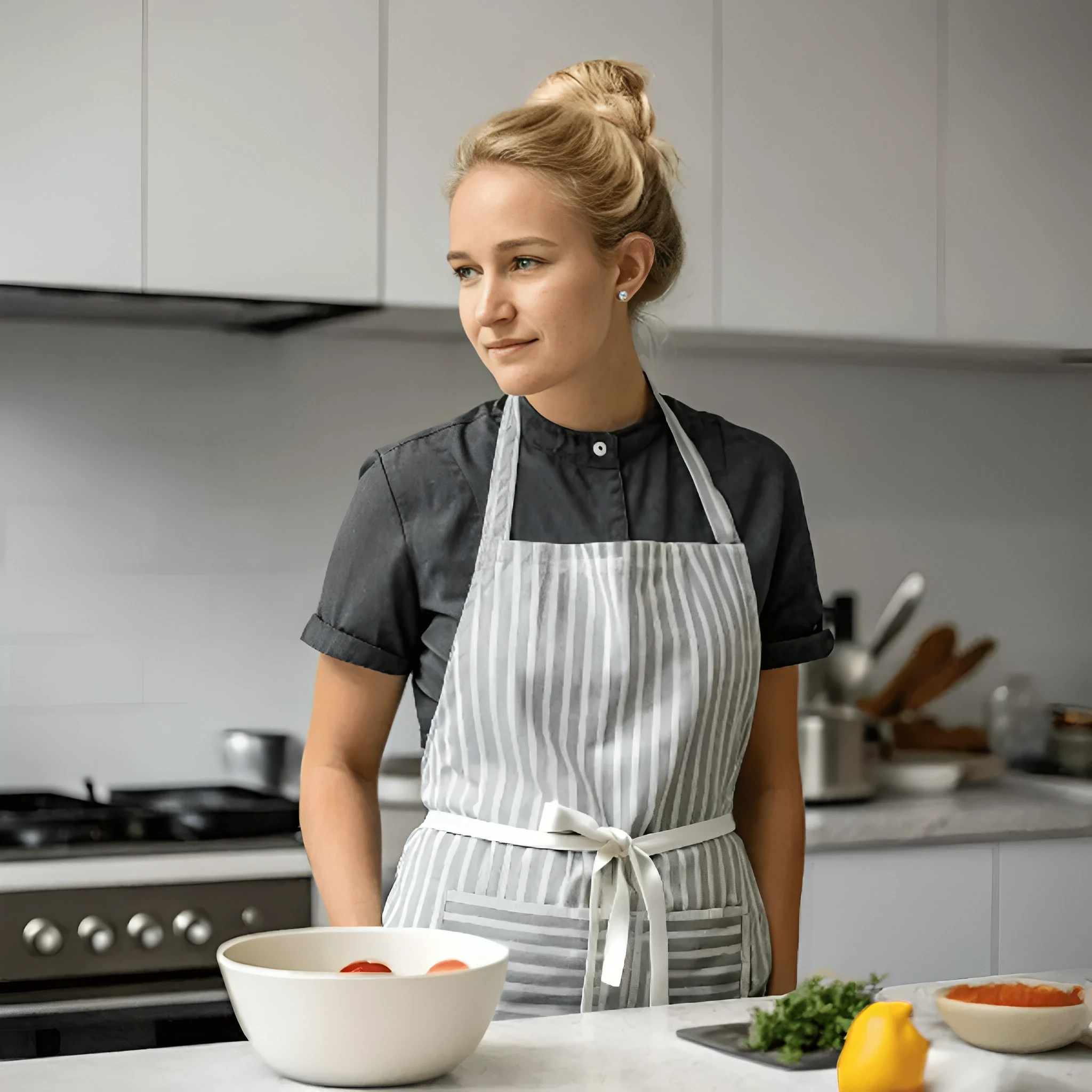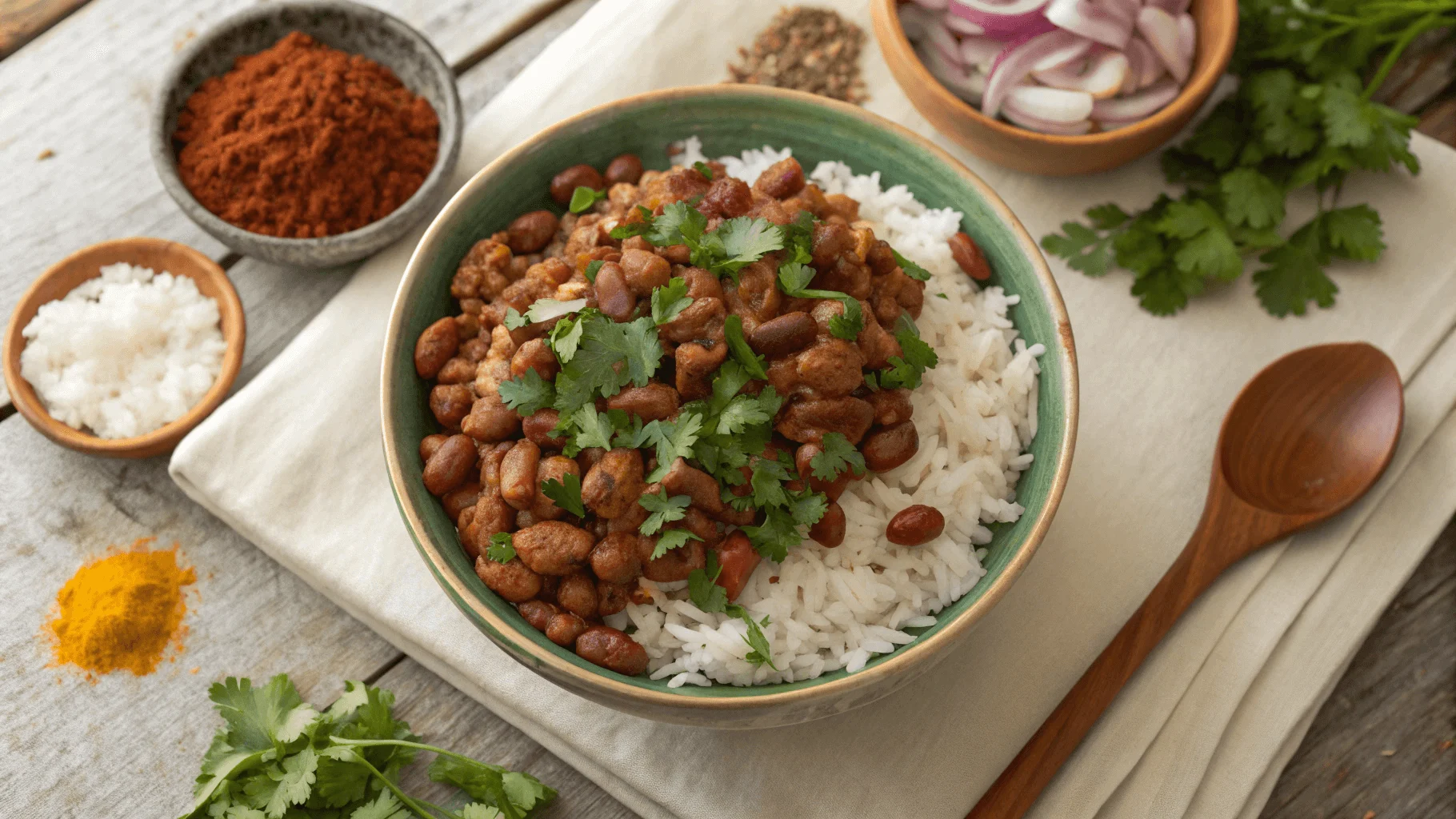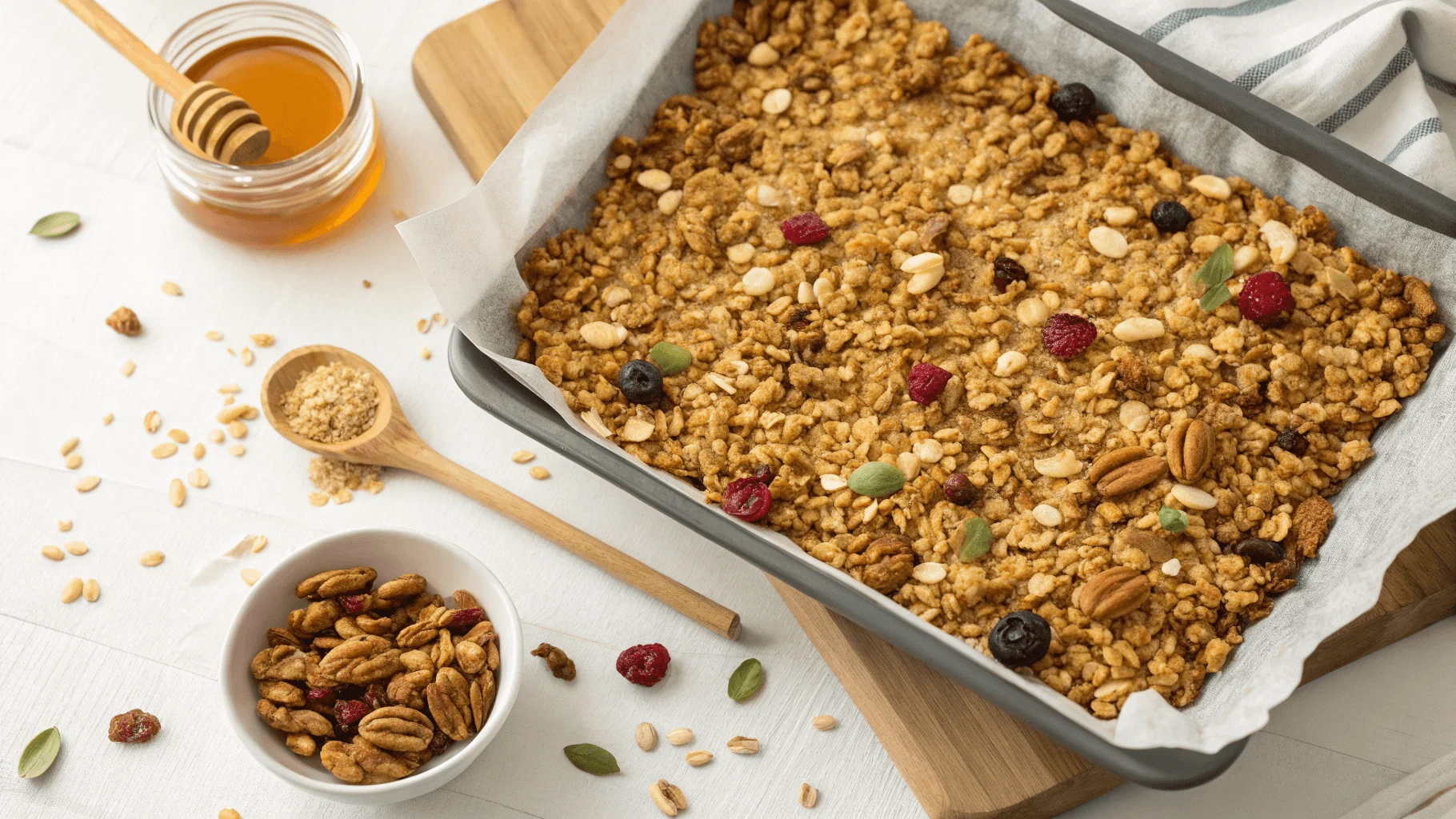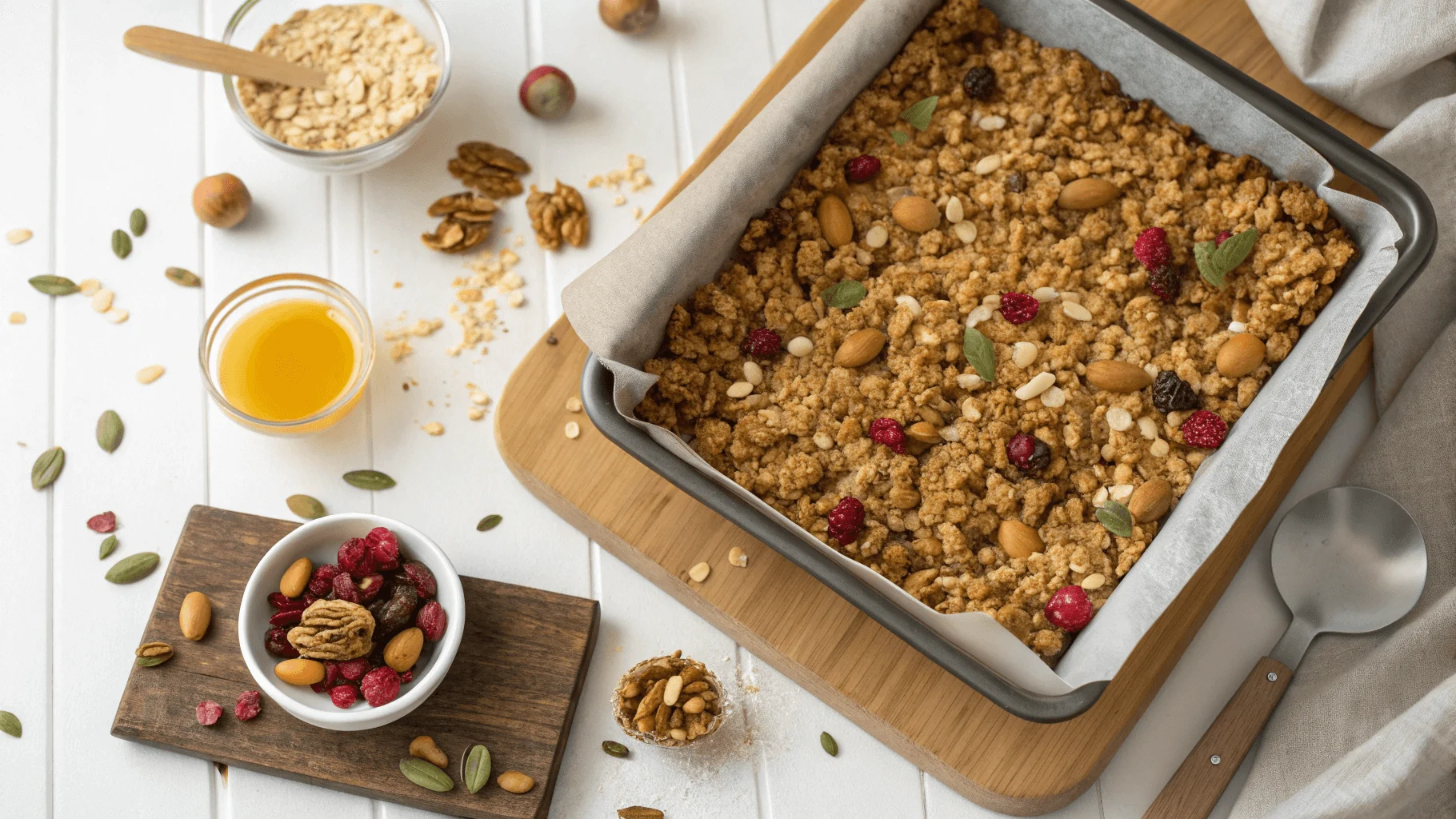Chicken Parmesan is a beloved dish known for its crispy breading, tender chicken, and rich, flavorful sauce. However, one common issue many cooks face is keeping the breading from falling off the chicken. It’s frustrating when your perfectly breaded chicken doesn’t stay intact during cooking, leaving you with a mess rather than a crispy crust. Understanding how to maintain the breading is essential for a satisfying chicken Parmesan experience. In this article, we will address key factors that cause breading to fall off, methods to ensure the breading stays on, and tips for cooking chicken Parmesan to perfection.
Key Factors That Cause Breading to Fall Off Chicken Parmesan
Moisture Content in Chicken
One of the primary reasons the breading falls off chicken Parmesan is excessive moisture on the chicken itself. When the chicken is too moist, the breading struggles to adhere properly, and during cooking, it can easily slide off. It’s important to dry the chicken thoroughly before breading. Using paper towels to pat the chicken dry is an effective way to reduce moisture and improve the breading’s grip. Moreover, marinating the chicken can add moisture, so it’s crucial to give the chicken ample time to rest and allow any excess moisture to be absorbed. This simple step can make all the difference in keeping the breading from falling off.
Incorrect Breading Technique
Another factor contributing to breading falling off is using the wrong technique. The process of breading chicken should be done in layers, starting with a coat of flour, followed by dipping the chicken in beaten eggs, and then coating it with breadcrumbs. Each layer must be applied correctly for optimal adhesion. The flour helps the egg stick to the chicken, while the egg allows the breadcrumbs to cling. If you skip any of these steps or don’t coat the chicken evenly, the breading won’t adhere well and is more likely to fall off. It’s crucial to ensure that the chicken is properly coated at each stage for the best results.
For more insights, read about the correct breading techniques for chicken Parmesan.
Temperature Issues
Temperature plays a vital role in ensuring that the breading stays intact during cooking. If the chicken is not at the right temperature or if the oil or oven is too hot or too cold, the breading can easily slide off. There are two primary temperature-related factors to consider: chicken temperature and cooking temperature.
Chicken Temperature
When preparing chicken for breading, the chicken should be at room temperature before breading. If you coat cold chicken with breading, the breading might not stick as well, and the chicken might cook unevenly. Let the chicken rest outside the refrigerator for about 15 to 20 minutes before breading. This allows the chicken to reach a more consistent temperature, leading to better breading adhesion and more even cooking.
Learn the details of prepping chicken for breading success.
Oven or Pan Temperature
The temperature of the oven or the pan in which you’re cooking the chicken is equally important. If the oil is too hot, the breading can burn before the chicken cooks through, causing it to fall off. On the other hand, if the pan or oven isn’t hot enough, the breading may become soggy. For pan-frying, the oil should be heated to around 350°F to 375°F. If you’re baking the chicken, ensure the oven is preheated to 375°F to 400°F for optimal results. Maintaining the right temperature throughout the cooking process will help the breading stay intact.
Techniques to Keep Breading on Chicken Parmesan
The Double Dipping Method
The double dipping method is one of the best techniques to ensure that breading stays on chicken Parmesan. This involves dipping the chicken first in the flour, then in the egg wash, followed by the breadcrumbs, and then repeating the process again. This creates a thicker, more substantial breading layer that adheres better during cooking. The extra layer of breadcrumbs makes it more difficult for the breading to fall off, even if the chicken is handled or cooked at high heat. The double dipping method is a simple but effective solution to prevent your breading from falling off.
Learn why this method is essential for achieving a crispy Parmesan crust.
Resting the Breaded Chicken
After breading the chicken, it’s important to let it rest for a few minutes before cooking. This allows the breading to set and adhere more firmly to the chicken. If you cook the chicken immediately after breading, the breading might not stick as well and could fall off during the cooking process. Resting the chicken gives the breading time to bond with the surface of the chicken, ensuring it stays intact during cooking.
Using the Right Breading Mixture
The type of breadcrumbs you use can make a significant difference in how well the breading adheres to the chicken. Fresh breadcrumbs or panko breadcrumbs often provide a lighter, crispier crust compared to dried breadcrumbs. Additionally, consider seasoning your breadcrumbs with salt, pepper, and herbs to add flavor and improve adhesion. You can also add grated Parmesan or a bit of flour to the breadcrumbs for extra texture and stickiness. A well-seasoned and textured breading mixture can help keep the coating intact.
Cooking Methods to Maintain Breading on Chicken Parmesan
Pan-Frying Chicken Parmesan
Pan-frying is a popular method for cooking chicken Parmesan, and it can be an effective way to maintain the breading. When pan-frying, make sure to heat the oil properly before adding the chicken. This ensures that the breading crisps up quickly and forms a solid layer that holds onto the chicken. Additionally, avoid overcrowding the pan, as this can cause the temperature of the oil to drop, leading to soggy breading. Fry the chicken in batches if necessary to ensure the breading stays crisp and intact.
Baking Chicken Parmesan
Baking chicken Parmesan is another great option for keeping the breading intact. If you prefer a healthier version of the dish, baking eliminates the need for excessive oil while still producing a crispy crust. To bake the chicken Parmesan, preheat the oven to 375°F to 400°F. Place the breaded chicken on a wire rack or a baking sheet with a light layer of oil to help crisp the breading. Bake the chicken for 20 to 25 minutes, flipping halfway through to ensure even cooking. This method helps the breading stay on without the risk of it falling off.
What to Do if Breading Falls Off Chicken Parmesan
Re-breading
If your breading does fall off during cooking, don’t worry—you can always re-bread the chicken. Simply remove the chicken from the pan or oven and let it cool slightly. Once the chicken is cool enough to handle, lightly coat it again with the flour, egg, and breadcrumbs mixture. This will help the breading adhere better the second time around. While this method isn’t ideal, it’s an effective way to salvage your chicken Parmesan and still achieve a crispy crust.
Alternative Toppings
If the breading completely falls off, you can still make a delicious chicken Parmesan by using alternative toppings. For example, you can top the chicken with grated Parmesan cheese, mozzarella, and marinara sauce, then broil it to create a flavorful crust. While it won’t have the traditional breaded coating, the result will still be tasty and satisfying.
Final Tips for Perfect Chicken Parmesan and Keeping Breading On
Fresh Ingredients
Using fresh ingredients is one of the key secrets to making perfect chicken Parmesan. Fresh chicken, high-quality breadcrumbs, and homemade marinara sauce all contribute to a more flavorful dish. Additionally, fresh Parmesan and mozzarella cheese will melt beautifully and add the right amount of richness to the dish. Investing in high-quality ingredients will enhance the overall flavor and texture of your chicken Parmesan, making it more delicious and satisfying.
Seasoning and Flavor Enhancements
Proper seasoning is essential to perfecting chicken Parmesan. Don’t forget to season each layer of the chicken and breading, including the flour, eggs, and breadcrumbs. Adding a pinch of garlic powder, onion powder, and Italian seasoning to the flour and breadcrumbs will give the dish a boost of flavor. Additionally, sprinkling a little extra Parmesan cheese on top of the chicken before baking or frying will add a rich, savory finish to the dish.
FAQs
How long should the chicken rest before breading?
Let the chicken rest for about 15 to 20 minutes outside the refrigerator before breading. This allows the chicken to reach room temperature, which helps the breading adhere better and ensures even cooking.
Can I use store-bought breadcrumbs?
Yes, store-bought breadcrumbs can be used for chicken Parmesan. However, fresh breadcrumbs or panko breadcrumbs often provide a better texture and help the breading stay intact more effectively.
What if I want a gluten-free breading?
For a gluten-free option, you can use gluten-free breadcrumbs or alternatives like crushed rice crackers, cornflakes, or almond flour. These options will still provide a crispy coating while keeping the breading intact.
Why is my breading soggy after baking?
Soggy breading after baking can occur if the chicken is too moist or the oven temperature is too low. To avoid this, make sure the chicken is dry before breading, and preheat the oven properly to ensure the breading crisps up.
Can I freeze breaded chicken parmesan?
Yes, you can freeze breaded chicken Parmesan. To freeze, place the breaded chicken on a baking sheet and freeze it for a few hours. Once frozen, transfer the chicken to a freezer bag or container. To cook, bake the chicken directly from frozen, adding extra time to the cooking process.
Should I cook the chicken before breading?
No, it’s best to bread the chicken raw. Cooking the chicken before breading can cause the breading to fall off during the cooking process. Bread the chicken and then cook it for optimal results.
Conclusion
Keeping the breading from falling off chicken Parmesan is essential for achieving the perfect texture and flavor in this classic dish. By understanding the factors that contribute to breading loss and implementing the right techniques, you can ensure your breading stays intact throughout the cooking process. With the right methods and a bit of practice, you’ll be able to create a crispy, golden crust that complements the tender chicken and savory sauce, making your chicken Parmesan a delicious success every time.






3 thoughts on “How To Make Sure Your Breading Stays On Chicken Parmesan Every Time”